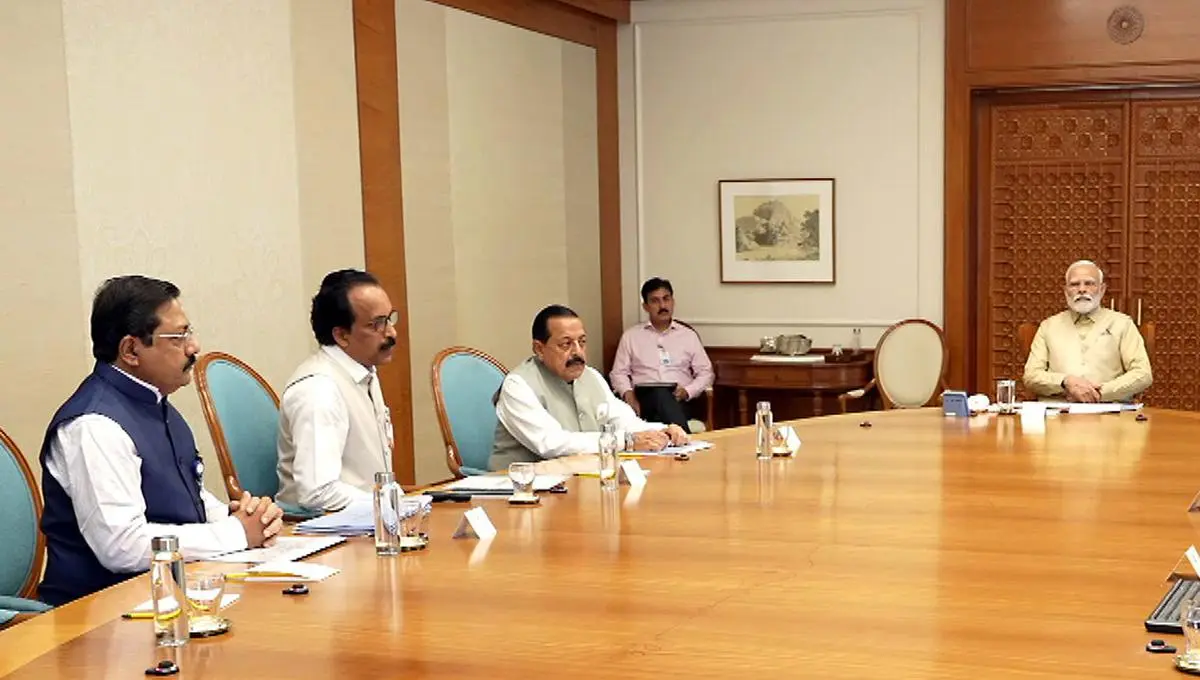Bengaluru, NFAPost: In a high-level meeting chaired by Prime Minister Narendra Modi, India’s progress in space exploration took centre stage. The discussion primarily revolved around the readiness of the Gaganyaan Mission and the future trajectory of the nation’s space endeavours.
The Department of Space presented a comprehensive overview of the Gaganyaan Mission, highlighting significant advancements in technologies like human-rated launch vehicles and system qualification. Notably, approximately 20 major tests, including three uncrewed missions of the Human Rated Launch Vehicle (HLVM3), are in the pipeline. The first demonstration flight of the Crew Escape System Test Vehicle is slated for October 21, marking a significant milestone. The mission, set to launch in 2025, was deemed to be on track.
Buoyed by the success of recent Indian space missions, such as Chandrayan-3 and Aditya L1, Prime Minister Modi set forth an ambitious agenda. He directed efforts towards establishing the ‘Bharatiya Antariksha Station’ (Indian Space Station) by 2035 and dispatching the first Indian astronaut to the Moon by 2040.
To breathe life into this vision, the Department of Space is tasked with formulating a detailed roadmap for lunar exploration. This encompasses a series of Chandrayaan missions, the development of a Next Generation Launch Vehicle (NGLV), the construction of a new launch pad, and the establishment of human-centric laboratories equipped with associated technologies.
Prime Minister Modi also urged Indian scientists to turn their gaze towards interplanetary missions, with specific emphasis on a Venus Orbiter Mission and a Mars Lander. In doing so, he expressed unwavering confidence in India’s capabilities and reaffirmed the nation’s dedication to reaching new heights in the realm of space exploration.
As the nation’s space aspirations soar, guided by the visionary leadership of Prime Minister Modi, India stands poised on the brink of a new era in space exploration, promising to make indelible contributions to the world of interplanetary discovery.





